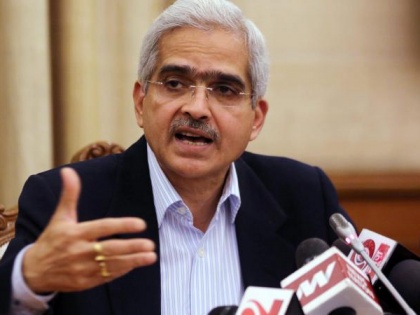No Change in Repo Rate: RBI Governor Shaktikanta Das Announces MPC Decision
By Lokmat English Desk | Updated: August 8, 2024 10:17 IST2024-08-08T10:13:23+5:302024-08-08T10:17:42+5:30
The Reserve Bank's Credit Policy Committee recently held a meeting from August 6 to August 8, chaired by RBI ...

No Change in Repo Rate: RBI Governor Shaktikanta Das Announces MPC Decision
The Reserve Bank's Credit Policy Committee recently held a meeting from August 6 to August 8, chaired by RBI Governor Shaktikanta Das. Following the meeting, Das announced the decisions made, clarifying that there would be no change in the repo rate. Consequently, customers will have to continue waiting for a reduction in their EMI burden. The three-day meeting of the Reserve Bank of India's Monetary Policy Committee (MPC) began on August 6, marking the third meeting of the financial year 2024-25.
There was significant anticipation regarding a potential change in the repo rate, but it has remained unchanged at 6.50 percent. Experts had previously suggested that a change in the repo rate was unlikely at this time. The Reserve Bank last adjusted the repo rate to 6.50 percent in February of the previous year. Since then, eight meetings have been held without any changes to the rate.
What is the Repo Rate?
Similar to how individuals take loans from banks and repay them with interest, public, private, and commercial sector banks also need to borrow funds. The interest rate at which the Reserve Bank of India lends money to these banks is called the repo rate. A decrease in the repo rate provides relief to the common man by reducing loan interest rates, whereas an increase in the repo rate raises the cost of borrowing. When the repo rate increases, banks obtain loans at higher interest rates, which in turn raises the interest rates for loans available to the public. Conversely, a lower repo rate makes loans cheaper.
Changes Over Time
The repo rate is a crucial tool used by the RBI to combat inflation, adjusted as necessary based on economic conditions. When inflation is high, the RBI may increase the repo rate to reduce the money supply in the economy. Typically, it is increased by 0.50 percent or less. During economic downturns, to stimulate recovery, the RBI may lower the repo rate or maintain it at a fixed level to increase the flow of money in the economy.
Open in app